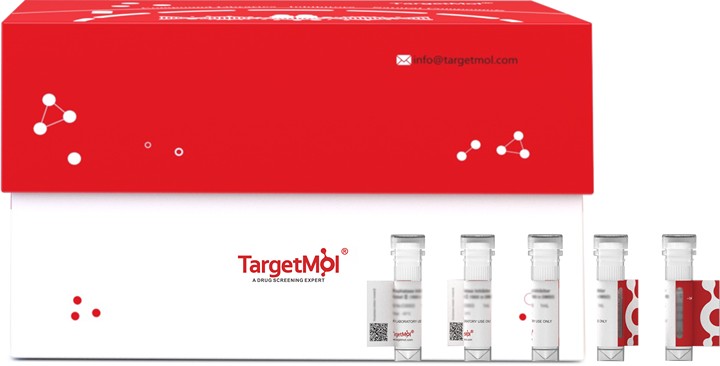Shopping Cart
- Remove All
 Your shopping cart is currently empty
Your shopping cart is currently empty

CD226 Protein, Rat, Recombinant (hFc) is expressed in HEK293 mammalian cells with hFc tag. The predicted molecular weight is 53.6 kDa and the accession number is D3ZS97.

| Pack Size | Price | Availability | Quantity |
|---|---|---|---|
| 100 μg | $600 | 7-10 days |
| Biological Activity | Immobilized rat PVR-His at 10 μg/ml (100 μl/well) can bind rat CD226-Fc, The EC50 of rat CD226-Fc is 0.41-0.97 μg/ml. |
| Description | CD226 Protein, Rat, Recombinant (hFc) is expressed in HEK293 mammalian cells with hFc tag. The predicted molecular weight is 53.6 kDa and the accession number is D3ZS97. |
| Species | Rat |
| Expression System | HEK293 Cells |
| Tag | C-hFc |
| Accession Number | D3ZS97 |
| Synonyms | CD226 molecule |
| Construction | A DNA sequence encoding the rat CD226 (D3ZS97) (Met1-Ile265) was expressed with the Fc region of human IgG1 at the C-terminus. Predicted N terminal: Glu 32 |
| Protein Purity | > 95 % as determined by SDS-PAGE |
| Molecular Weight | 53.6 kDa (predicted); 62-68 kDa (reducing conditions) |
| Endotoxin | < 1.0 EU/μg of the protein as determined by the LAL method. |
| Formulation | Lyophilized from a solution filtered through a 0.22 μm filter, containing PBS, pH 7.4. Typically, a mixture containing 5% to 8% trehalose, mannitol, and 0.01% Tween 80 is incorporated as a protective agent before lyophilization. |
| Reconstitution | A Certificate of Analysis (CoA) containing reconstitution instructions is included with the products. Please refer to the CoA for detailed information. |
| Stability & Storage | It is recommended to store recombinant proteins at -20°C to -80°C for future use. Lyophilized powders can be stably stored for over 12 months, while liquid products can be stored for 6-12 months at -80°C. For reconstituted protein solutions, the solution can be stored at -20°C to -80°C for at least 3 months. Please avoid multiple freeze-thaw cycles and store products in aliquots. |
| Shipping | In general, Lyophilized powders are shipping with blue ice. |
| Research Background | The cluster of differentiation (CD) system is commonly used as cell markers in Immunophenotyping. Different kinds of cells in the immune system can be identified through the surface CD molecules which associating with the immune function of the cell. There are more than 320 CD unique clusters and subclusters have been identified. Some of the CD molecules serve as receptors or ligands important to the cell through initiating a signal cascade which then alter the behavior of the cell. Some CD proteins do not take part in cell signal process but have other functions such as cell adhesion. CD226, also known as PTA1 or DNAM-1, is a member of the immunoglobulin superfamily containing 2 Ig-like domains of the V-set. High rate of CD226 (Cluster of Differentiation 226) is found on the surface of natural killer cells, platelets, monocytes and a subset of T cells. CD226 have binding sites with CD112 and CD155 and mediate cellular adhesion to other cells containing its ligands.Cancer ImmunotherapyCo-stimulatory Immune Checkpoint TargetsImmune CheckpointImmune Checkpoint Detection: ELISA AntibodiesImmune Checkpoint Detection: FCM AntibodiesImmune Checkpoint ProteinsImmune Checkpoint TargetsImmunotherapyTargeted Therapy |

Copyright © 2015-2025 TargetMol Chemicals Inc. All Rights Reserved.